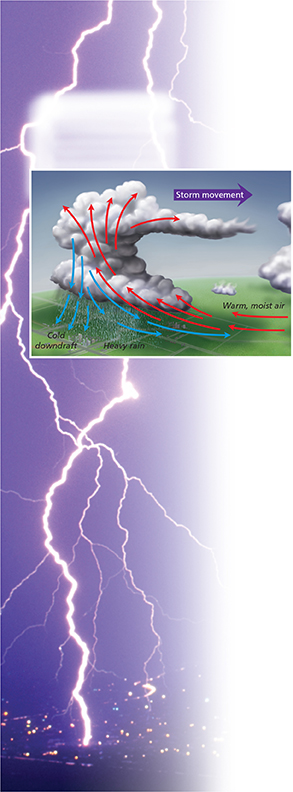Figure 25 Thunderstorms are associated with tall cumulonimbus clouds where there are strong updrafts of warm air. Thunderstorms produce thunder and lightning.

Storms
You've probably read a mystery or seen a horror film in which the setting is an old house on a stormy night. The winds howl, lightning flashes, and rain pounds the roof. Storms feature strong winds and heavy precipitation. The major types of storms are thunderstorms, tornadoes, and tropical storms, including hurricanes.
Thunderstorms
A thunderstorm is a small weather system that includes thunder and lightning. It is usually accompanied by strong winds and heavy rain or hail. Thunderstorms form when columns of air rise within a cumulonimbus cloud. These rising columns are often the result of colliding air masses. When a cold front forms, the cold air mass quickly lifts the warm air mass up, and thunderstorms often result. Thunderstorms can also occur on hot summer days when buoyant air rises as part of a convection current within an air mass. If the rising air is cooled to the dew point and the convection is strong enough, a thunderstorm can result. Figure 25 shows how this process occurs.
One striking feature of a thunderstorm is lightning, which is a sudden electrical discharge in the atmosphere. Recall from physics that there must be separated positive and negative charges for an electrical discharge to occur. Positive charges tend to develop near the top of a cumulonimbus cloud, while negative charges tend to develop near the base of the cloud. When the potential difference between the positive and negative charges becomes great enough, a discharge occurs. You see the discharge as a lightning flash.
When you think of lightning, you probably also think of thunder. Thunder is the sound produced by rapidly expanding air along the path of a lightning discharge. When lightning occurs, the air around it is heated to as much as 33,000°C. The heated air expands explosively, producing sound waves that you hear as thunder. Although thunder and lightning occur at the same time, you hear thunder after you see lightning because light travels much faster than sound.
Tornadoes
Twister—even the mere mention of one of these violent storms is enough to make most people shudder. Twister is a common name for a tornado, a small but intense windstorm that takes the form of a rotating column of air that touches the ground.
Tornadoes most often form at the leading edge of an advancing cold front or along a line of thunderstorms where winds are converging to a center of very low pressure.  A tornado forms when a vertical cylinder of rotating air develops in a thunderstorm.
A tornado forms when a vertical cylinder of rotating air develops in a thunderstorm.




